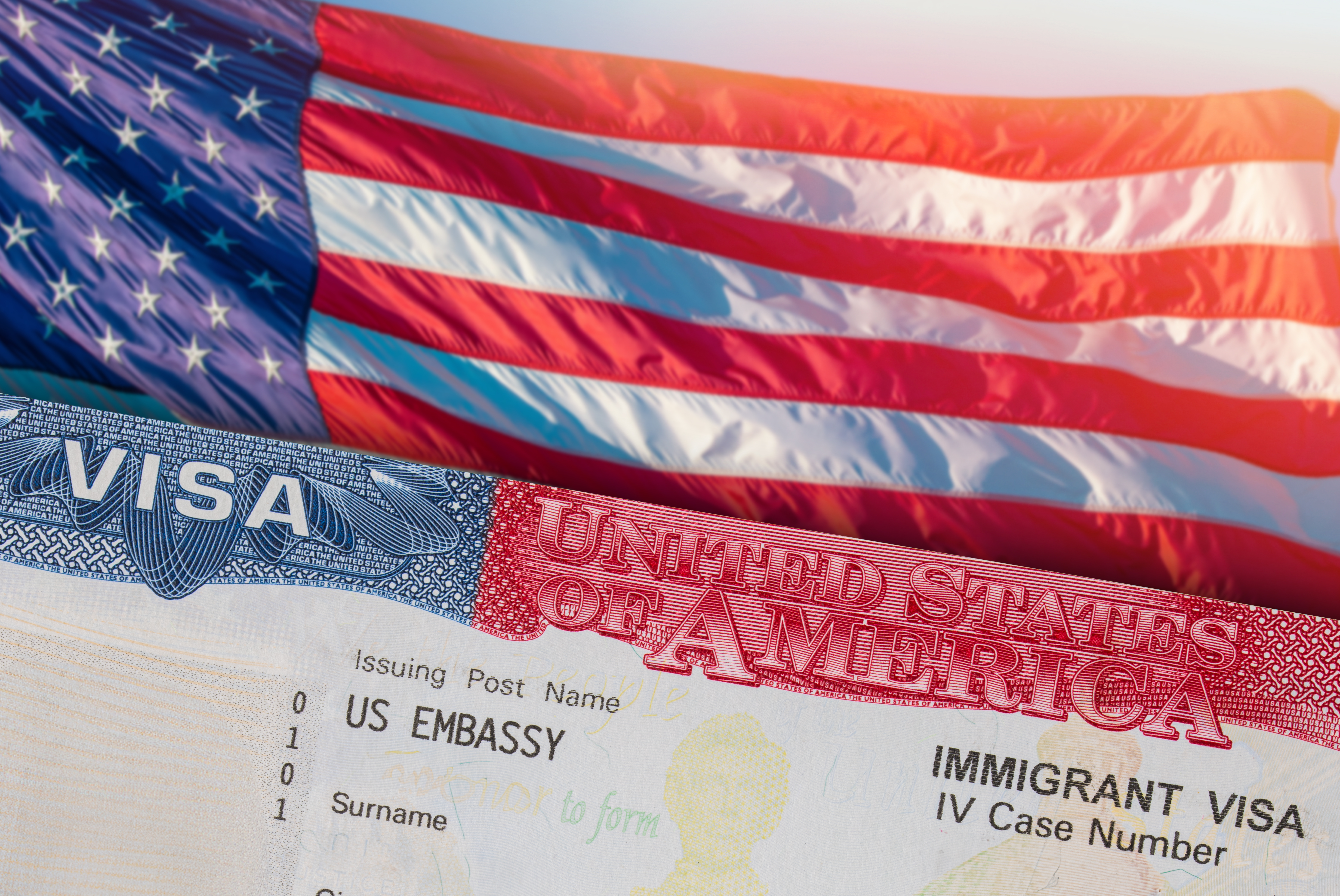
Starting August 20, 2025, the U.S. Department of State will launch a 12-month visa bond pilot program that may require certain B-1/B-2 visa applicants to post a refundable bond of $5,000, $10,000, or $15,000 before entering the United States. This policy initially targets travelers from countries with historically high visa overstay rates.
At Rozas Immigration, we believe immigration policies should uphold fairness and dignity while strengthening the communities they affect. Measures like this visa bond program can create significant financial and logistical barriers for travelers and we are committed to standing alongside individuals and families navigating these challenges. If you have questions about your immigration status or how a policy change could affect you, schedule a consultation today.
Why the U.S. Is Implementing a Visa Bond
The visa bond is designed like a security deposit, intended to ensure travelers comply with visa conditions and depart the U.S. on time.
Bond amounts, set at $5,000, $10,000, or $15,000, are partly based on the Department of Homeland Security’s estimate that enforcing immigration laws costs roughly $17,121 per person.
Supporters of the program say it encourages compliance, but critics point out that it disproportionately impacts travelers from countries with fewer resources, adding a financial hurdle that many families simply cannot overcome.
Who Is Affected by the Bond Pilot Program
As of now, the policy applies only to certain travelers from Malawi and Zambia. These are the only countries currently on the State Department’s list, but officials have the authority to add more based on overstay data or other criteria. Any additions would come with at least 15 days’ public notice.
Government projections suggest about 2,000 travelers will be impacted during the first year, with a total bond value of around $20 million if the average bond is $10,000. For families from countries where average incomes are far below the bond amount, this requirement could mean postponing or canceling travel altogether.
How the Visa Bond Process Works
-
Bond Amount: Determined by a U.S. consular officer after reviewing the applicant’s travel profile.
-
Limited Waivers: Possible only in rare humanitarian or U.S. government–related cases.
-
Payment Method: Bonds must be paid through Pay.gov using Form I-352 after a visa interview.
-
Travel Restrictions: Visas issued under this program are single-entry, valid for up to 90 days, with a maximum stay of 30 days. Entry and departure must be through Boston (BOS), JFK (New York), or Dulles (IAD).
Refund Rules
Travelers will receive a full refund if they:
-
Depart the U.S. on or before their authorized date from an approved airport.
-
Never use the visa to travel.
-
Are denied entry at the border.
If departure is not properly recorded, travelers can request bond cancellation through a consulate after leaving the U.S., but this requires proof like passport stamps or travel receipts, adding an extra layer of bureaucracy that can be burdensome.
Why This Matters for Immigrants and Their Families
While this program is aimed at short-term visitors, the ripple effects can touch the broader immigrant community:
-
Overstays can lead to long-term immigration bars, making it harder to reunite with family or return for work, study, or medical care.
-
Bonds don’t shield travelers from removal. Even after paying thousands, violating visa terms can still result in deportation.
-
Future applications may face more scrutiny. Those with an overstay record may find it harder to qualify for benefits like family-based green cards.
At Rozas Immigration, our removal defense team works to protect clients’ rights when their status is at risk. We see policies like this through the lens of their human impact — not just the paperwork.
Challenges Travelers May Face
Financial Hurdles
Even if refunded, the upfront cost of $5,000–$15,000 can be an impossible barrier for many, especially in countries where the average monthly income is a fraction of the bond amount.
Reduced Travel Freedom
Strict entry requirements, short stays, and single-entry rules can disrupt family visits, cultural exchanges, and business opportunities.
Risk of Losing the Bond
Mistakes in departure reporting, even when a traveler fully complies, can lead to losing the entire amount, adding unnecessary stress and uncertainty.
What’s Next for the Program
The pilot is set to run for 12 months, ending in August 2026, but its impact will be felt well beyond that timeline. The Department of State has been clear that this program is not just a short-term experiment. It’s a test to see whether visa bonds could become a permanent fixture of U.S. immigration policy.
If the government determines the program is “successful,” several changes could follow:
-
Expansion to more countries: While Malawi and Zambia are the only nations currently affected, additional countries could be added based on visa overstay statistics, limited cooperation with U.S. immigration enforcement, or participation in certain citizenship-by-investment programs. Each new addition would come with at least 15 days’ notice, but for many travelers, that may not be enough time to adjust plans.
-
Higher or tiered bond amounts: The pilot sets bonds at $5,000, $10,000, and $15,000, but future iterations could introduce different tiers or higher amounts, making travel even less accessible to those with limited means.
-
Wider visa categories: While the current program focuses on B-1/B-2 visitor visas, there is nothing preventing a future policy from extending bond requirements to other nonimmigrant visas, such as student or work visas, especially if the stated goal remains deterring overstays.
-
Tighter enforcement protocols: The pilot requires departure through designated airports, but a permanent program could expand verification measures, require biometric exit tracking, or limit entry to additional points of departure.
Critics argue that if these measures are expanded, it could disproportionately affect travelers from lower-income nations, create economic barriers to lawful travel, and strain diplomatic relationships. From an advocacy perspective, policies like this risk sending the wrong message: that the United States views certain travelers as financial risks rather than as contributors to cultural exchange, family unity, and economic growth.
Our Commitment to Immigrant Communities
At Rozas Immigration, we’re watching closely to see whether this pilot becomes permanent or is broadened to affect more communities. Our role is not just to respond to these changes after the fact, but to prepare clients, educate the public, and advocate for policies that respect the dignity of immigrants and travelers alike.
Stay Informed: Immigration rules can change fast. Subscribe to our immigration newsletter for weekly updates on visa policies, court rulings, and immigration tips.
Written by David Joseph Rozas
David Rozas is an experienced criminal and immigration lawyer and one of the founding partners of Rozas & Rozas Law Firm. He has been with the firm since 2004, joining his brother, Greg in practice. David concentrates his law practice on criminal defense and immigration.

.svg)















